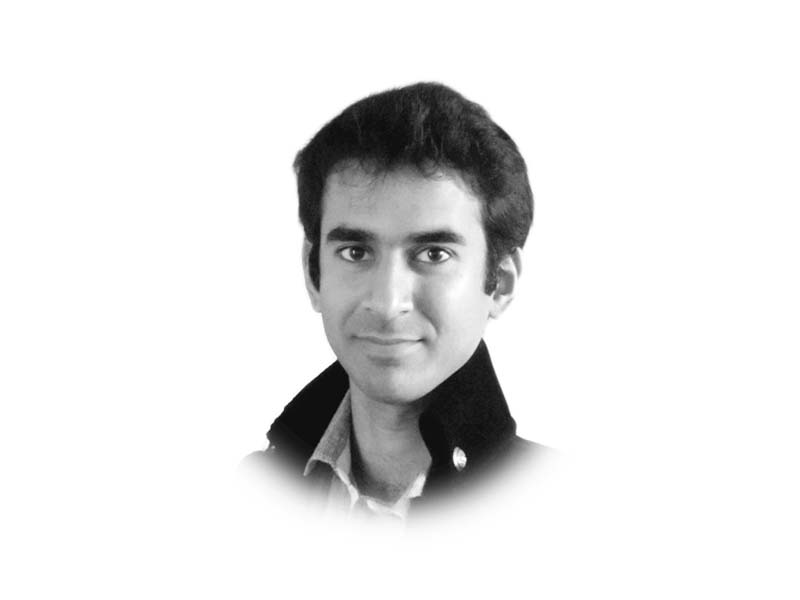
This is an opportune time to ask this question. Thanks to new research, we are today unearthing a lost history of women scholars who played an active and fundamental role in the development of Islamic scholarship. Asma Sayeed, a scholar at the University of California, has resurrected some of these stories in her recent book, Women and the Transmission of Religious Knowledge in Islam.
These women, several thousands of them, taught extensively in schools and mosques, and travelled great distances in quest of knowledge. They granted ijazahs, licences to transmit hadith on their authority, and issued authoritative fatwas, some of which are still cited today.
A good introductory example may be that of Zainab bint al-Kamal from the 13th century, a prolific narrator of hadith, particularly the Sahihs of Bukhari, Muslim, Abu Dawud and al-Nasai. As a child, she would attend scholarly assemblies and meetings. She is renowned for having amassed a “camel load” of ijazahs in her lifetime, some of which she collected from prominent scholars in Syria, Cairo, Baghdad and Damascus before she was even five-years-old. When she started teaching herself, she attracted crowds of students. She granted ijazahs to luminaries such as al-Dhahabi, al-Safadi, al-Subki, and even Ibn Battuta.
Another inspiring example is of Umm al-Darda, a renowned jurist and scholar from the 7th century. In his Sahih, Imam Bukhari refers to her as a faqiha, an authority. She would divide her time between lecturing in the Grand Ummayad Mosque in Damascus and Masjid al-Aqsa in Jerusalem. She regularly lectured in the men’s section (and shockingly enough, even prayed shoulder to shoulder with them for a bit). Her students included prominent scholars and jurists, and even the Caliph Abdul Malik ibn Marwan. In her advanced years, a witness recounts, the two would often talk at the entrance to the Dome of the Rock, and when the call for maghreb sounded, Abdul Malik would offer her his arm for support on her way to the mosque.
A student once asked Umm al-Darda after a gruelling study session, “Have we wearied you?” She responded: “You weary me? I have sought worship in everything. I did not find anything more relieving to me than sitting with scholars and exchanging [knowledge] with them.”
This exchange — apart from encapsulating an entire worldview precious rare in this day and age — also hints at a common reality in those days: study sessions were often extremely long and very demanding because students would travel from distant lands and would try to compress as much exposure and learning as they could in the shortest possible period.
Al-Dhahabi praises his own teacher, Sitt al-Wuzara bint Umar ibn al- Munajja, as one who was “steadfast, patient for long sessions of teaching”. She taught Bukhari’s Sahih in Damascus and Cairo, lived to over 90 years of age, and was teaching on the last day of her life.
And this touches on another trend: in the early days, women scholars were actually preferred as teachers for biological reasons: women with their longer lifespans would regularly outlive their male counterparts, and therefore collecting hadith from them ensured shorter and more reliable isnads i.e., chains of transmission. Women admirably rose to this challenge, devoting their lives entirely to scholarship.
Another shining example is Karimah bint Ahmad ibn Muhammad ibn Hatim al-Marwaziyyah. An authority on Sahih al-Bukhari, she was critical to the transmission of the text. A notable scholar of the day, Abu Dharr of Herat, urged his students to study that book under no one else. The Orientalist, Goldziher comments, “Her name occurs with extraordinary frequency in the ijazahs for narrating the text of this book.” She travelled extensively for her vocation, visiting Sarakhs, Isfahan, Jerusalem and Mecca. Her accomplishments led the scholar Al-Samani to wonder if anyone had ever witnessed a woman of her like before.
A century ago, Goldhizer estimated that some 15 per cent of medieval hadith scholars were women. Shaykh Akram Nadwi, a research scholar at Oxford University, has painstakingly compiled a biographical dictionary of some 9,000 women hadith scholars. He believes the actual number may be much greater.
In the dictionary’s preface, Nadwi notes, “Some of the most renowned scholars among men have depended on, and praised the scholarship of their women teachers. The women scholars have enjoyed considerable public authority in society, not exceptionally, but as the norm.”
The student of a famous jurist, al-Kasani, recounts: “We saw our teacher at times would leave the classroom when he could not answer a certain difficult question. After a while he would return to elucidate the answer in great detail. Only later on did we learn that he would go home to put the same question to his wife in order to hear her explanation.”
Ibn al-Jawzi reports that when renowned jurist Muhammad ibn Sirin could not answer a question regarding the Holy Quran, he would turn to his sister Hafsah bint Sirin who had received hadith directly from the Companion Anas ibn Malik (RA), which feature in Sahih al-Bukhari. Some considered her the leading authority of her time.
Likewise, Mutahhar ibn Muhammad ibn Sulayman ibn Muhammad, would often ask his wife Fatimah bint Yahya for help with difficult rulings. His students could tell the difference. “This is not from you,” they would say. “This is from behind the curtain.”
There are countless such examples. These women merrily defeat our traditional stereotypes and mock our most liberal sensibilities. It is like walking into an alternative reality, this is most certainly not us.
So how did we regress so completely to the point that misogyny is now a prime component of our fundamental identity as Muslims? Various reasons have been advanced for this: the influence of Greek philosophy, of Byzantine culture, the assault on rationalism and the fall of Baghdad, and even the encounter with colonialism.
But the real tragedy here is our own ignorance: we are completely in the dark about this vibrant and exceptional aspect of our own history. According to Akram Nadwi, “I do not know of another religious tradition in which women were so central, so present, so active in its formative history.”
In his private opinion, he equates our current state with that of jahiliya-era practices: “I tell people, God has given girls qualities and potential. If they aren’t allowed to develop them, if they aren’t provided with opportunities to study and learn, it’s basically a live burial.”
Does this seem like a plausible case for women’s education?
Published in The Express Tribune, December 6th, 2015.
Like Opinion & Editorial on Facebook, follow @ETOpEd on Twitter to receive all updates on all our daily pieces.









































COMMENTS (11)
Comments are moderated and generally will be posted if they are on-topic and not abusive.
For more information, please see our Comments FAQ